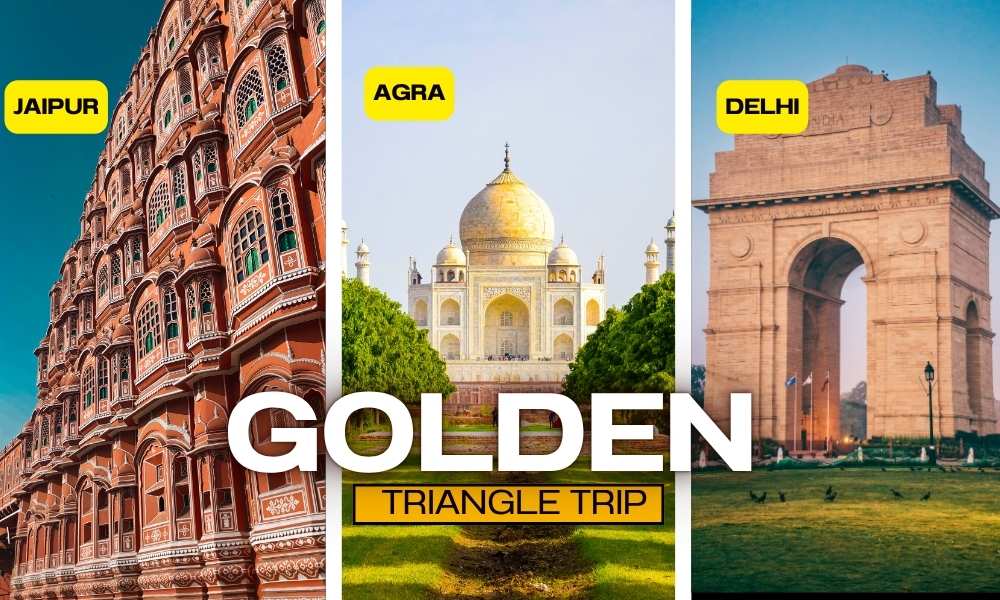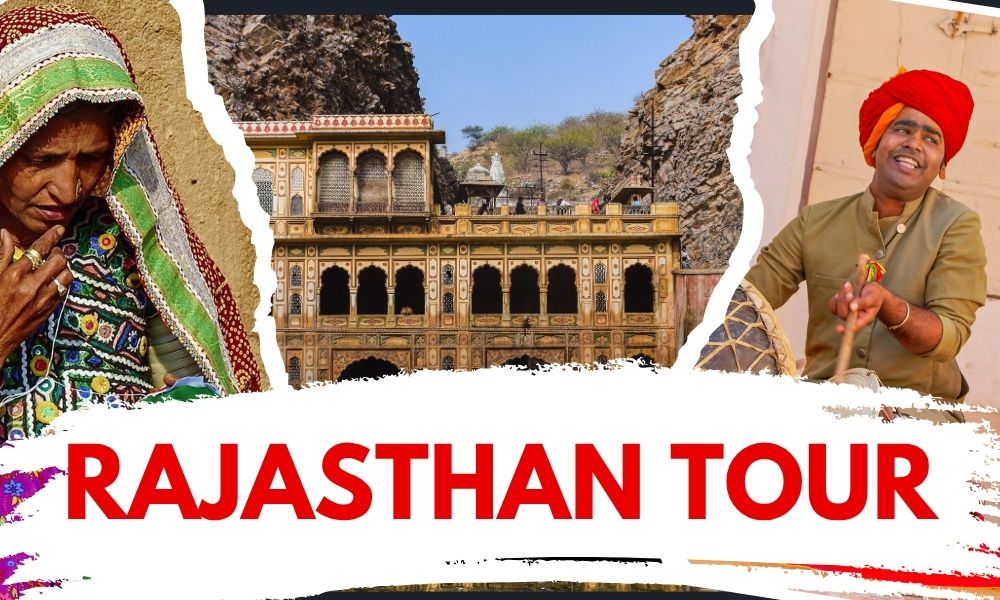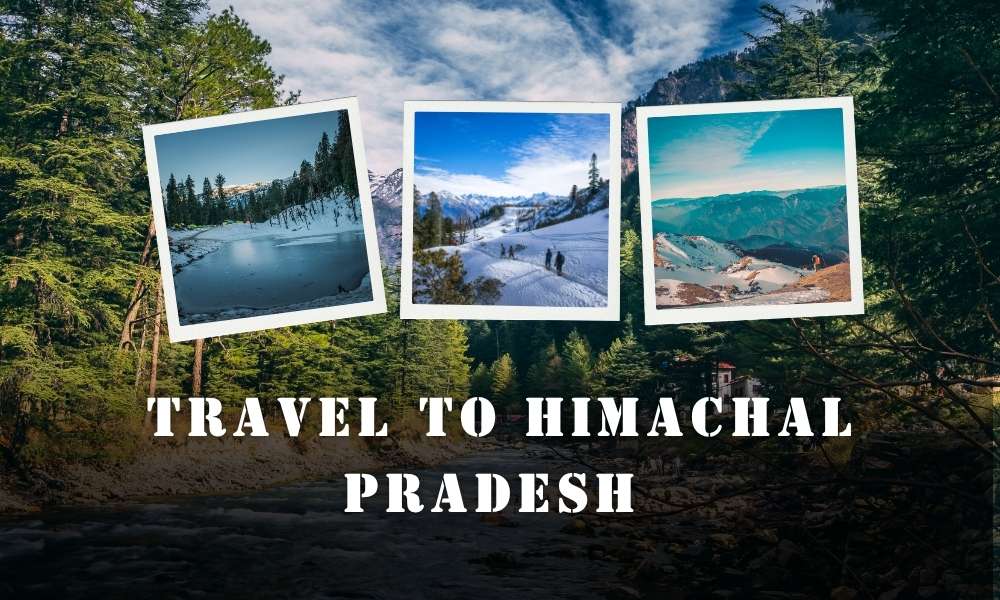Starts From ₹ Adventure Sale Price
By Air
Airport in Agra is connected with some of the major cities in India including Delhi.
By Rail
Agra has two major railway stations - Agra Cantonm and Agra Fort Railway Station, which are well connec with major cities and towns in India. In additi Raja-ki-Mandi and Idgah are other railway stations Agra.
By Road
Agra is well connected by road with major cities in the country. It is connected to Delhi and Varanasi by NH-2, Jaipur by NH-11 and Gwalior by NH-3.
Distance from Agra-to:*
Bharatpur-57 km | Delhi-204 km | Gwalior-119 km|
Jaipur-232 km | Kanpur-296 km | Khajuraho-400 km |
Lucknow-369 km | Mathura-56 km | Varanasi-605 km
Taj Museum
The origin of the Taj Museum goes back to 1906 when it was established at the instance of Lord Curzon (Viceroy of India) in two hexagonal rooms on the west side of the main entrance gateway to the Taj Mahal. The Museum comprises of three galleries in addition to the Main Hall. The antiquities broadly. categorized as Mughal miniature paintings, manuscripts, government decrees, specimens of calligraphy, arms, utensils, plans, drawings of the Taj complex, paintings, inlay works, two marble pillars from Agra Fort are on display in this Museum.
Taj Mahal
The epitome of love and romance, Taj Mahal was built by the Mughal Emperor Shah Jahan as a tribute to his beloved wife Mumtaz Mahal (Arjumand Bano Begum), who died in
1631 A.D. It is a mausoleum of the queen, splendidly created in her memory. The very sight of the Taj Mahal is a feast not only to the eyes but to the senses as well. Made from white marble in the typical Mughal style, it seamlessly blends elements from Persian, Islamic and Indian architectural styles.
The completion of this masterpiece took 22 years (1631 -1653). Thousands of artisans like masons, stonecutters, inlayers, carvers, painters, calligraphers and dome builders were hired from across the empire and other places including Central Asia and Iran. White marble used for the veneering was brought in from Makrana, Rajasthan. Semiprecious stones for inlay ornamentation were sourced from across India, Ceylon (now Sri Lanka) and Afghanistan. Red sandstone of different tints was quarried from Sikri and Dholpur.
The best time to visit the Taj Mahal is from November to February. The Taj Mahal is open all days except Friday from sunrise till sunset.
Night viewing of the Taj Mahal is presently available on five days in a month, le, on full moon night and two nights before and two nights after the full moon. Tickets are available an 24 hours before the Night Viewing,
Timings: 20:30 hrs. To 00:30 hrs in 8 batches of maximum 50 people each
duration for each batch is 30 minutes
Agra Fort
Agra Fort also known as the Red Fort, was commissioned by the great Mughal Emperor Jalal-ud-din Muhammad Akbar in 1565 and is another breathtaking marvel amongst Agra's World Heritage Sites. A stone tablet at the gate of the Fort states that i had been built before 1000 A.D.
but was later renovated by the Emperor Akbar. The red sandstone Fort was converted into a palace during Shah Jahan's time, and reworked extensively with marble and pietra dura inlay.
Notable buildings in the Fort include the Pearl Mosque or Moti Masjid, the Diwan-e-Am and Diwan-e-Khas (halls of public and private audience), lahangir's Palace, Khas Mahal, Shish Mahal (Mirrored Palace), and the Musamman Burj.
The forbidding exteriors of this Fort conceal an inner paradise. It has a total perimeter of 2.4 km (1.5 miles), and is ringed by double castellated ramparts of red sandstone punctuated at regular intervals by bastions. A moat 9 meters (30 ft.) wide and 10 meters (33 ft.) deep surrounds the outer wall.
Jama Masjid
The Jama Masjid is a large mosque attributed to Shah Jahan's daughter, Princess Jahanara Begum. Built in 1648, the Jama Masjid is notable for its unusual dome and absence of minarets.
Chini Ka Rauza
The mausoleum of Shahjahan's prime minister and Persian poet Afzal Khan Aalmi known as 'Maula Shukrullah, Shirazi' was built in
1635. It exhibits fine use of glazed tiles, originally an exotic Persian art style, which finds itself a home in Agra.
Itmad-ud-daula Tomb
This exquisite marble tomb was made by Emperor Jahangir's queen, Nur Jahan, in the memory of her father Mirza Ghias Beg during 1622-1628 A.D.
Built entirely in white marble and inlaid with semi-precious stones, this mausoleum on the bank of the Yamuna exhibits a strong Persian influence.
Taj Nature Walk (Sikandra)
Take a stroll in the beautiful natural forest spread over an area of 70 hectares, just 500 meters away from the Eastern Gate of Taj Mahal.
Visitors can have an excellent view of the Taj from different mounds in the park. The forest abounds in a variety of flora and fauna.
Akbar's Tomb (Sikandra)
The Tomb of Akbar is one of the important Mughal architectural masterpieces at Sikandra, in the outskirts of Agra. It has a beautiful gateway of carved stones which opens into a garden.
The tomb consists of a five storey building built with red stone which could not be completed in the lifetime of Mughal Emperor Akbar, who commenced its construction. Later, his son Jahangir completed the masterpiece in his architectural style by constructing the upper portion of the tomb in white marble.
Ram Bagh
One of the earliest Mughal gardens, it is believed to be laid out by Mughal Emperor Babur, the founder of the Mughal dynasty. It is said that the mortal remains of Babur were temporarily buried here before being taken to Kabul in Afghanistan.
Mariam's Tomb
This unique tomb located to the west of Akbar's tomb in Sikandra, houses the mortal remains of Mariam Zamani, a Rajput Princess of Amber Jaipur) and wife of Emperor Akbar. The tomb in red sandstone has some exceptional carvings.
Mehtab Bagh
The Mehtab Bagh popularly known as the 'Moonlight Garden' is located on the left bank of the river Yamuna opposite the Taj Mahal. The garden complex is approximately 300 square meters and is in straight alignment with the Taj Mahal,
Keetham Lake
Also known as Sur Sarovar, Keetham Lake is situated within th Surdas Reserved Forest in Agra. The lake has an impressiv variety of aquatic life and water birds.
Taj Nature Walk (Sikandra)
Take a stroll in the beautiful natural forest spread over an area of 70 hectares, just 500 meters away from the Eastern Gate of Ta;
Mahal. Visitors can have an excellent view of the Taj from different mounds in the park. The forest abounds in a variety of flora and fauna.
Akbar's Tomb (Sikandra)
The Tomb of Akbar is one of the important Mughal architectural masterpieces at Sikandra, in the outskirts of Agra. It has a beautiful gateway of carved stones which opens into a garden.
The tomb consists of a five storey building built with red stone which could not be completed in the lifetime of Mughal Emperor Akbar, who commenced its construction. Later, his son Jahangir completed the masterpiece in his architectural style by constructing the upper portion of the tomb in white marble.
"
Fatehpur Sikri (28 Kms)
An epic in red sandstone, Fatehpur Sikri was built by the Mughal Emperor Akbar. A son-less Akbar had gone to Sikri to seek blessings of a Muslim Saint Sheikh Salim Chishti and he was blessed with a son. In gratitude, he constructed his capital city here and named it Fatehpur Sikri. Later, due to shortage of water and unrest in north-west, Akbar had to abandon this city.
The beautiful marble tomb of Sheikh Salim Chishti attracts thousands who seek blessings of the revered saint. Other renowned places are Diwan-e-Aam, Diwan-e-Khaas, Buland Darwaza, Panch Mahal, Jodha Bai's Palace and Birbal Bhavan.
Keoladeo Ghana National Park (55 kms)
Home to over 230 species of birds, this national park-formerly; known as the Bharatpur Bird Sanctuary-is now a protected sanctuary and a World Heritage site. Located in Rajasthan, it has, seen thousands of rare and endangered species flock here during the hibernal season. The place is a famous haunt for tourists and ornithologists alike.
Mathura (58 kms)
This sacred city along the banks of the river Yamuna is the birthplace of Lord Krishna. Devotees visit many temples and shrines here, and many take a holy dip at the numerous ghats along the river.
The opportunity of experiencing the festivals of Janamashtami (August/September) or Holi (March) celebrations is an enchanting experience for any tourist. Govardhan Hill, Sri Krishna Janmabhoomi and Dwarkadheesh Temple are the main attractions.
Vrindavan (76 kms)
This is the village where Lord Krishna grew up, and hence tourists flock in large numbers to experience his folklore. The Prem Mandir, Krishna Balaram Mandir and the Sneh Bihari Mandir are some prominent ones among the many small and large temples that can be found in this holy city.
National Chambal Sanctuary (200 kms)
Spanning across three states in western and central India, the National Sanctuary houses a rich biodiversity, including some of the country's most endangered species like the Gharial, Muggar, Turtles, Otter, fresh water Dolphin and a wide variety of aquatic and terrestrial birds. The Indian Skimmer, the Greater Thick-knee, the Small Pratincole and Lapwings are some other prominent winged wonders found
Summer average temperature
Max. 46�C | Min. 25.8�C
Winters average temperature
Max. 14�C | Min 8.3�C
Average rainfall
400 mm
Best season to visit
October to March
Local taste and cuisines/Fair and festivals
Local taste and cuisines
A standout amongst the most captivating factors of Agra is its food. It is said that the origin of Mughlai cuisine is from Agra which is the result of the long spell of Mughal rule that the city has witnessed. Food in Agra is extremely flavoursome and it suits the palette of most food lovers in the world. Agra is well-known for its non-vegetarian Mughal dishes. Mughlai food prepared here has a rich blend of cream, curd, nuts and grains which is a specialty of Agra and is easily available at majority of the eateries of the city.
Some of the specialities of Agra include, Petha, a sweet made from ash gourd or white pumpkin or squash, cooked in sugar syrup and it comes in many varieties. Dalmoth, a traditional namkeen, or dry snack made of lentils, nuts, flavours, Bedai Kachori and Jalebi, which are spicy fried fluffy bread and sweet items, typical breakfast food items in Agra.
Fairs and festivals
Taj Mahotsav
The Taj Mahotsav is an annual 10-day event held in the month of February at Shilpgram in Agra, Uttar Pradesh. It provides a vibrant platform which brings together India's rich arts, crafts, cultures, cuisine, dance and music. Artisans from different parts of the country get an opportunity to display their exquisite works of art.
Folk & classical music and dances from various regions of the country and a food festival, all add to the festivities.
Ram Barat
Ram Barat is a part of the Ramlila celebrations in Agra. It is one of ! the biggest annual events in North India. Ram Barat literally means marriage procession of Lord Rama. Every year a new locality is chosen in Agra and is elaborately decorated with lights & flowers. The area is given a major face-lift for the divine marriage.
Kailash Fair
The Kailash Fair is held in the town of Kailash, about 12 kms (7 miles) from Agra, in the month of August-September. It is a major fair celebrated in the honour of Lord Shiva who is believed to have appeared here in the form of a stone Lingam.
Bateshwar Fair
Every year a large cattle fair is held at Bateshwar (77 kms from Agra) in October/November. The fair usually starts few days before Diwali (a festival of lights) and continues for a period of almost three weeks.
Agra is known for its fabulous handicrafts, made of marble and soft stone inlay work. The Mughals were great patrons of arts and crafts. Empress Nur Jahan took personal interest in handicrafts and was an accomplished artist herself in Zari embroidery work.
Agra's other handicraft products include leatherware, brassware, carpets, jewellery and embroidery work. Agra is also well-known for its sweet delicacies like Petha, Gajak and the famous salted snack, Dalmoth. Main shopping areas of the city are: Sadar Bazaar, Kinari Bazar, Raja-ki-Mandi, Sanjay Place, Fatehabad Road, Munro Road, Shilphaat and the Taj Mahal Complex. Shopping is recommended at the Govt. Emporia or Souvenir Shops approved by U.P. Tourism.







